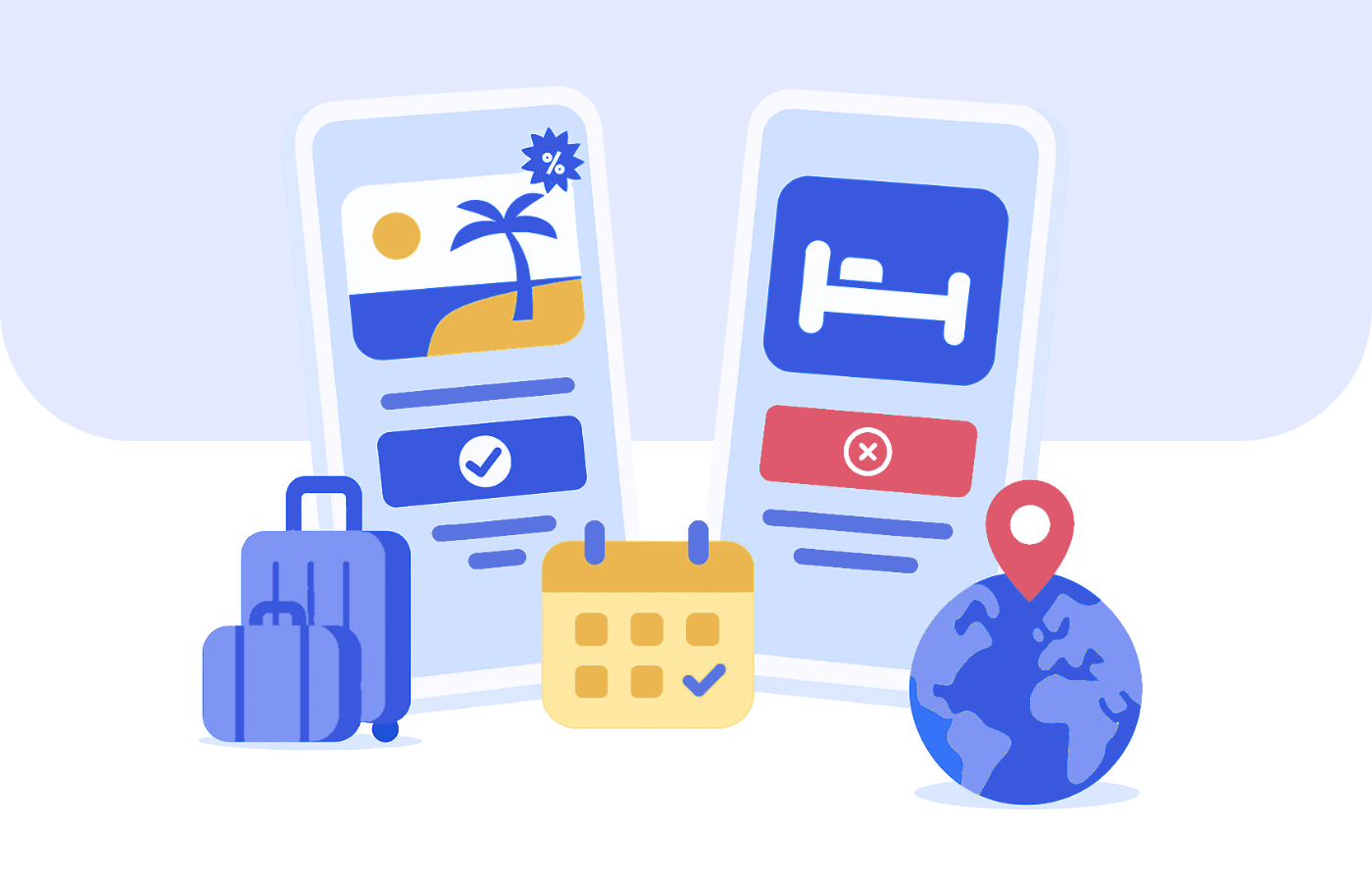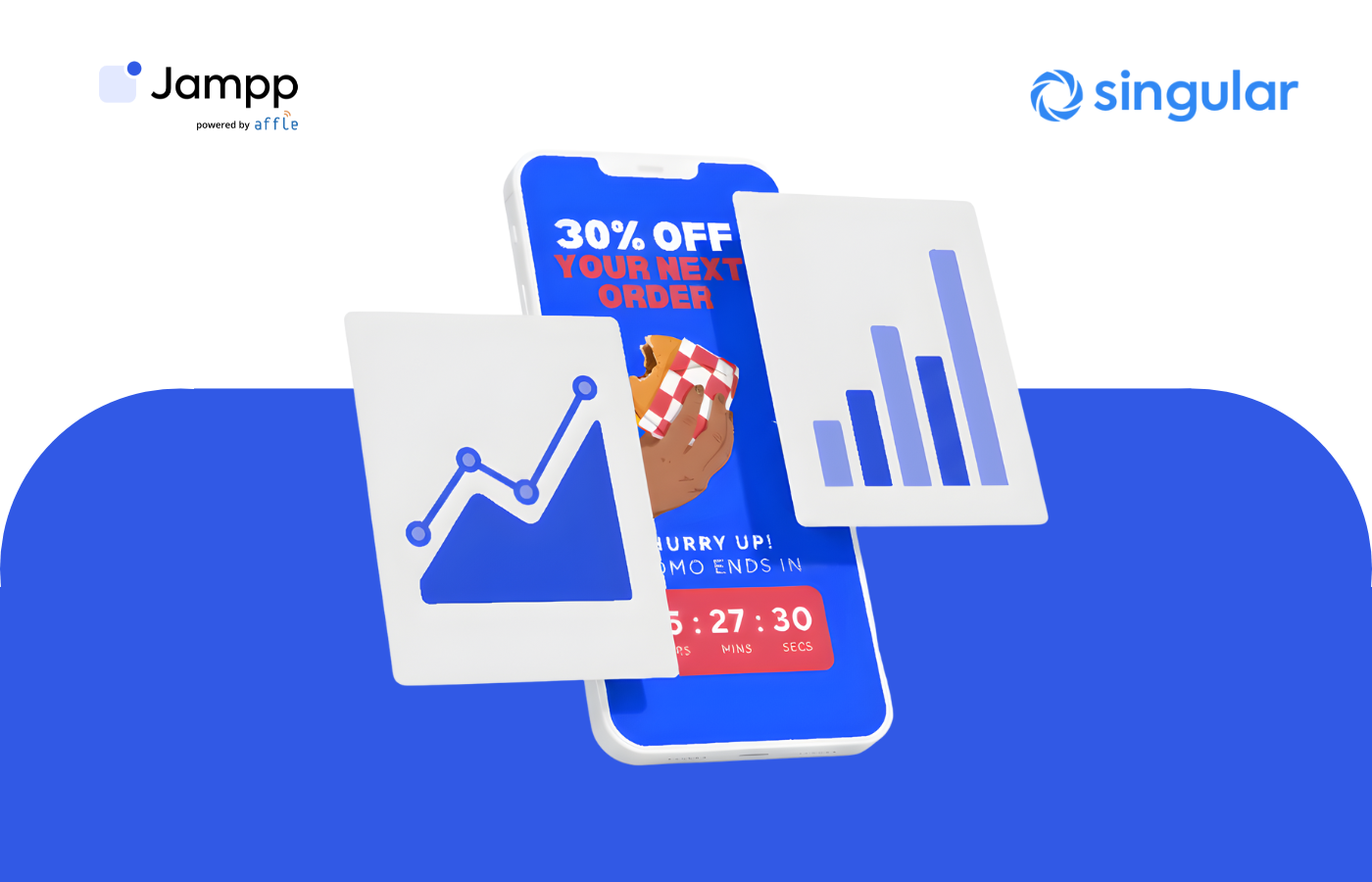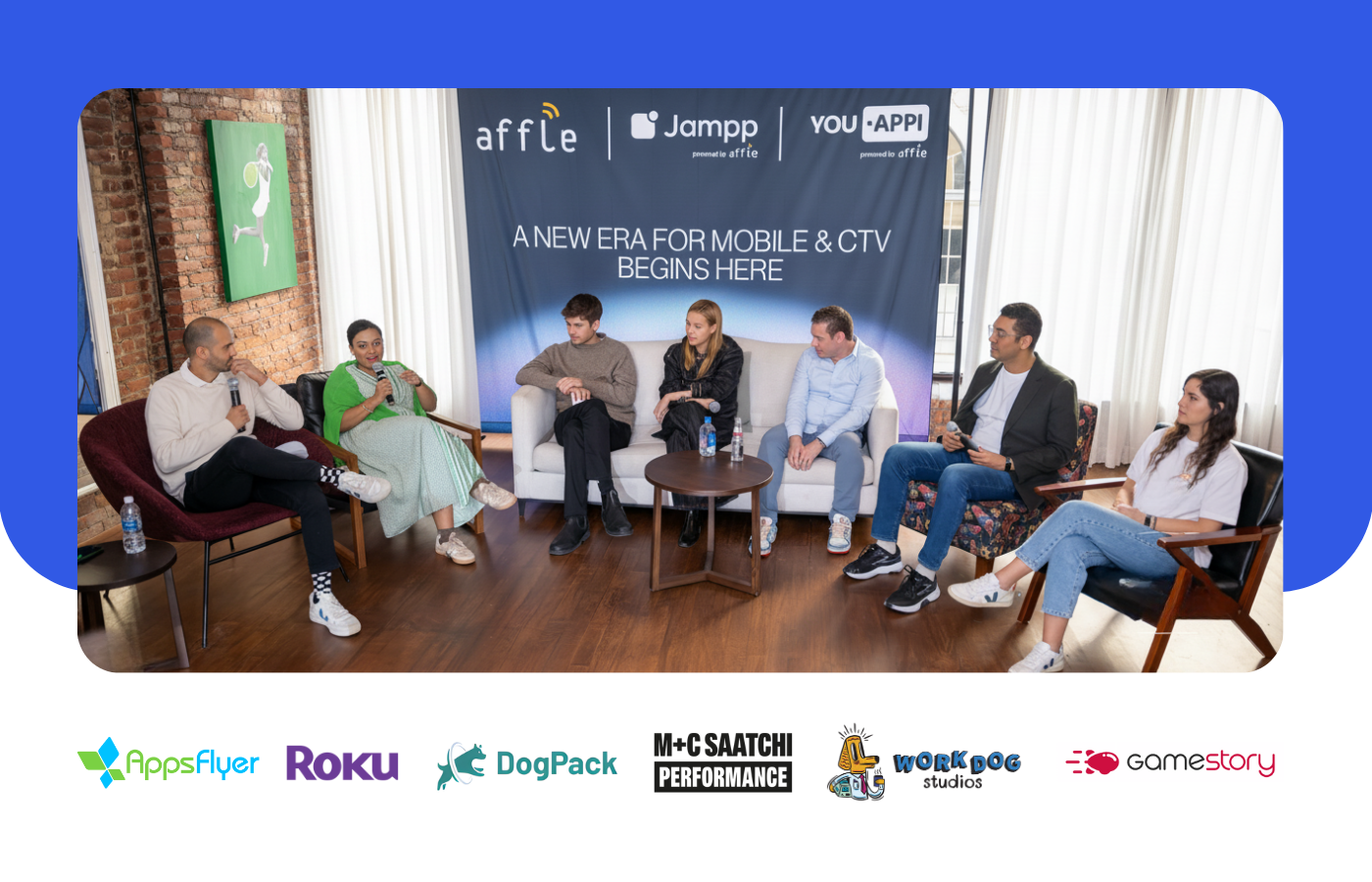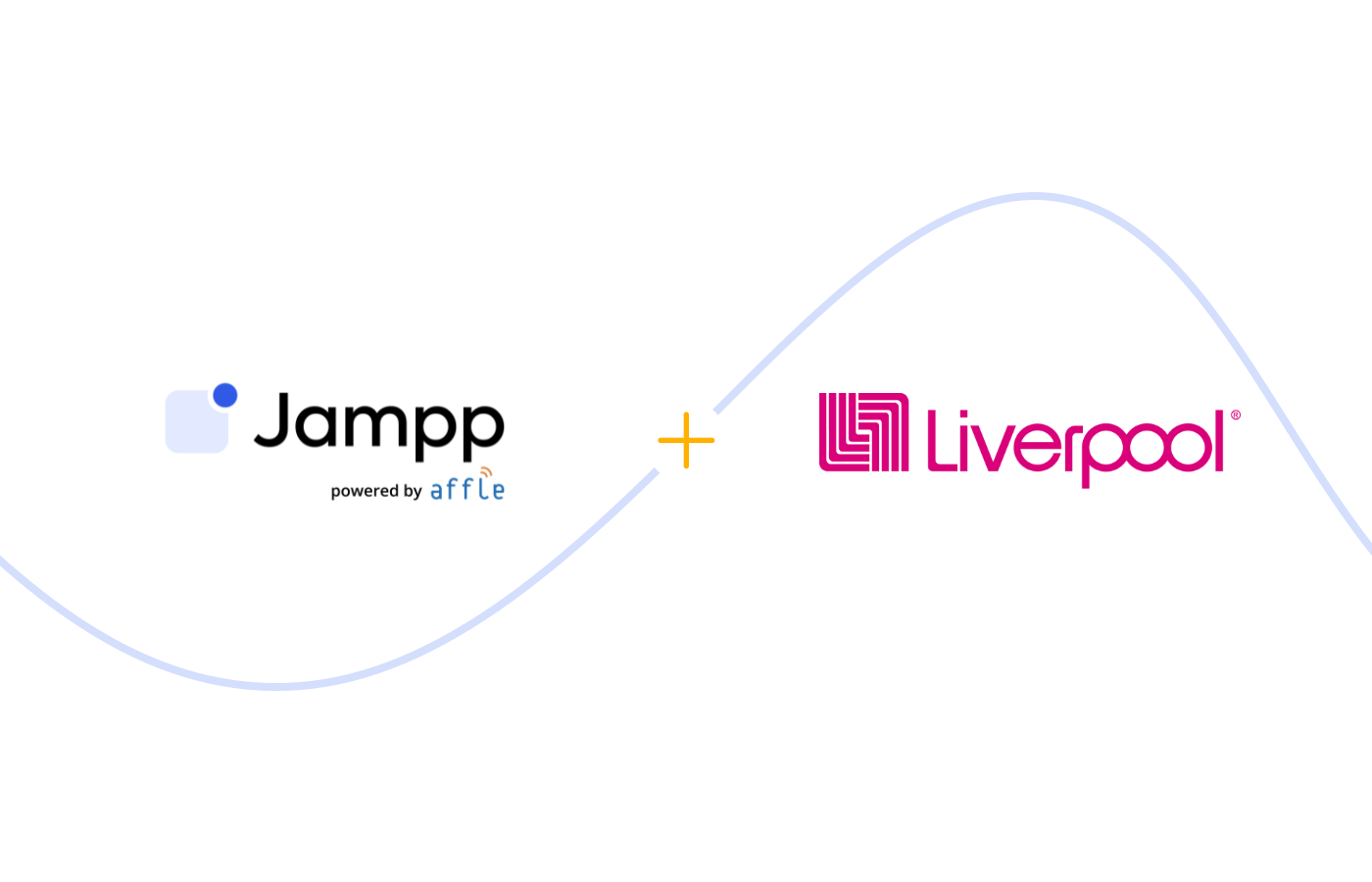Summer season 2025: DOs and DON'Ts for Travel apps
Strategies to boost bookings and engagement across Travel, Lodging, and Booking apps during peak travel season.
July 11, 2025

Summer season is here—and with it, the biggest opportunity of the year for Travel apps. As demand spikes across Travel, Lodging, and Booking verticals, mobile remains the go-to channel for planning and booking for every step of the journey. In this article, we’ll cover:
- The latest industry insights on the state of Travel apps in 2025—from downloads to in-app engagement
- When and why seasonal spikes happen, and how to plan around them
- Why timing matters more than ever for summer 2025 campaigns
- Creative DOs and DON'Ts to drive performance across User Acquisition and Retargeting
Travel apps by the numbers
After a dip in 2020 due to the pandemic, Travel apps have seen a strong and sustained recovery. Downloads have grown by 80% since 2020, with total installs reaching 4.22 billion in 2024—a clear sign that mobile plays a key role in the way people plan and experience their trips.

Time spent on Travel apps has remained stable over the past few years, indicating that users aren’t just installing these apps, but actually coming back to check flight deals, browse new accommodation options, or complete a booking.

Q3 surge: Capitalizing on seasonal demand in Travel apps
Although usage remains steady throughout the year, Travel apps experience a clear spike in downloads every Q3, driven by summer vacation planning across key markets. This seasonal boost is a recurring opportunity for brands to increase visibility, drive bookings, and capture high-intent users during peak travel periods.

How travel timing is shifting in summer 2025
The tendency to travel beyond the traditional summer holiday period has grown in recent years, shaped in part by rising climate disruptions, such as heatwaves and wildfires. Last year, 73% of Europeans stated they were planning to travel between October 2024 and March 2025 [1], reflecting a clear shift toward longer and more flexible travel periods.
With demand stretching into late summer and early fall, brands should prepare for a longer-lasting high season than in previous years. The ideal strategy goes beyond the traditional peak weeks, extending campaigns from late Q2 through early Q4, when interest continues to build around extended travel windows.
Creative best practices: DOs and DON'Ts for the travel season
Creatives are one of the most powerful levers in mobile performance marketing, especially during high-demand moments like the summer travel season. The right creative can spark interest, drive installs, or nudge a user to complete a booking. Here’s how to make the most of the season with creatives that truly encourage action.
📚 Recommended read: Branding vs. Performance mobile ads: A creative strategy guide.
❌ DON'T: Rely solely on generic messaging
✅ DO: Leverage social proof to build trust
User-generated content (UGC) and social validation are powerful creative tools. When used strategically, these elements help build trust, add a personal touch, and make the messaging feel more relevant to the audience.
- Feature star ratings or review quotes like “Top-rated stay” or “Loved by travelers”.
- Showcase user reviews praising ease of use, support quality, or value-for-money.
- Include short video testimonials to strengthen traveler confidence at the point of booking.
❌ DON'T: Feature unclear or misleading messages
✅ DO: Use honest, transparent messaging
A strong offer can drive attention, but it’s just as important to clearly communicate what users can expect once they click. To minimize confusion and prevent drop-off, messaging should reflect the benefits and required user action.
- Always state if an offer is limited to first bookings or selected trips.
- Avoid blanket claims like “$100 off your next trip” without context—be specific about the terms.
- Use copy like “Fares starting at” or “Limited seats available” to set clear pricing expectations.
❌ DON'T: Use flat creatives with no sense of urgency
✅ DO: Use highlight tags to draw attention to key offers
Generic creatives with flat messaging can easily get lost in crowded ad spaces. Highlight tags help surface urgency, exclusive offers, or new arrivals in a way that stands out visually and increases engagement.
- Add urgency with short tags like “Ends tonight” or “Limited time”.
- Highlight availability using phrases like “Three rooms left” or “Last two seats”.
- Use compact value cues like “Save 20%” or “Early access”.
❌ DON'T: Use the same creatives for User Acquisition and Retargeting
✅ DO: Create tailored ads for each strategy
When ads look and sound the same, users may not recognize what’s new or why they should care. Using the same creative for User Acquisition and Retargeting limits your ability to speak to different user needs.
- User Acquisition: Focus on introducing the app and showing what users can do with it. Use CTAs like “Download Now” or “Get App” to drive installs.
- Retargeting: Adapt creatives based on previous user behavior (e.g., incomplete bookings, visited destinations, or available deals). Use CTAs like “Open App” or “Buy Now” to bring users back and complete the action.
❌ DON'T: Delay brand visibility in CTV ads
✅ DO: Keep your logo visible throughout the entire CTV ad
To make the most of your CTV campaigns, it’s key to give viewers enough time to see and remember your brand—whether they scan a QR code right away or decide to search for the app later. Showing the logo only at the end limits recognition. Keeping it visible throughout the ad helps drive recall and support follow-up actions.
📚 Unlock more tips to boost the performance of your CTV ads here
Capitalize on summer momentum with the right Travel app strategy
Summer remains the most strategic season for Travel apps—and the brands that plan ahead will be best positioned to capture demand. By pairing market insights with creative best practices tailored to each app category and campaign goal, marketers can maximize visibility, drive more conversions, and stay relevant beyond the seasonal peak.
Book a meeting with our team to explore how Jampp can help you scale your Travel app campaigns all year round.
References
[1] National Geographic, 2024.
Subscribe to our email newsletter









